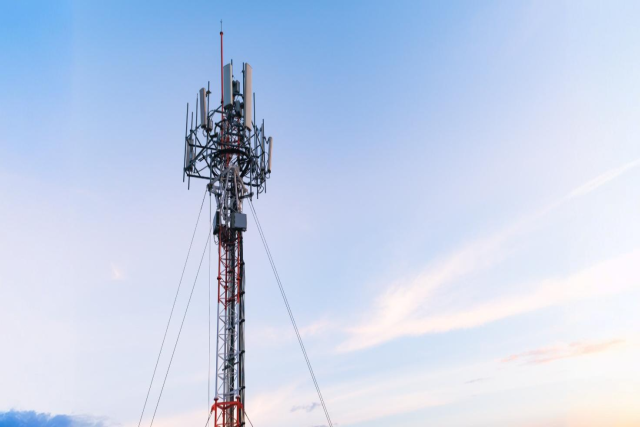
Regular maintenance of telecommunication towers enables effortless connectivity to the system and provides a guarantee of network reliability. The upkeep of telecom towers has become imperative and more effective due to the rapid expansion of telecom assets. The telecom towers industry was US$ 50.40 billion in 2022 and is expected to grow at a CAGR of 10.4% from 2023 to 2030. Operators use cutting-edge technology such as AI for predictive maintenance, which allows augmentation and reduces outage time.
Telecom Tower Maintenance Best Practices for the Best Efficiency
Telecom towers, when performing resource allocation, will be wise enough to prevent resource misallocation because simple regular maintenance and upkeep enable sustaining the quality of the infrastructure for longer periods. Anticipating recurring maintenance practices simply solves network problems such as antenna misplacement, power supply disruptions, or even the more complex issue of structural damage to the tower itself. As an example, AT&T and Verizon are known to have routine cellular maintenance, which includes structural maintenance, damage repair, and network service inspection. Maintaining these practices will greatly reduce the severity of problems that result in a loss of network service continuity.
Developing Strategies with AI and Data Science: Predictive Maintenance with IoT
The emergence of IoT, AI, and remote monitoring integration is changing the management of telecom infrastructure. Predictive maintenance employs analytics and AI algorithms to identify anomalies and anticipate failures, enabling proactive measures to be taken by telecom operators.
An interesting case is IoT monitoring implemented by Vodafone, where telecom towers are supervised in real-time for faults. Predictive maintenance systems are capable of optimizing resource allocation through operating data analysis and environmental factors, which reduces the chances of breakages occurring and slashes costs incurred through rush repairs.
Budget-Friendly Ways to Improve a Telecom Tower’s Operational Effectiveness
Improving telecom tower performance can often be done without expensive renovations. Steps such as using automated remote diagnostics, automated fault detection, and energy-efficient power systems serve as mitigative approaches for increasing operational efficiency.
Telecom companies are adopting drones for telecommunications tower inspections in order to minimize risks and costs. Apart from this, the use of renewable energy and battery backup systems also increases network uptime in case of power outages.
Conclusion
For the maintenance of telecom towers to be effective, constant servicing needs to be done to ensure the network remains operational. Telecom operators should be investing in regular inspections, predictive maintenance tools, and making use of cost-effective management processes to get the best performance for the network while increasing network longevity and reliability. Automated data management will ensure there is an uninterrupted connection for users around the world through AI and IoT, which will enable the management of telecom infrastructures to the next level.






